Fair Warning: This is a long and picture heavy post.
I have been trying very hard to keep up with the clock in preparation for Costume College!
Jen Thompson of Festive Attyre started a great idea to use Waverly curtains from Lowe’s as the basis for a group project called the “Curtain Along“. We can select any of the color ways from the “Felicitie” curtain panels and join in, with a meet up at Costume College on Saturday. Of course, you need not be a Costume College attendee- lots of folks all over the blogosphere have been participating and posting their lovely projects.

I knew, almost at once, that I wanted to do a transitional gown from the 1790s. At first I was thinking more of the Regency style, but as my thoughts progressed, I thought I’d like to do a little earlier- the transition between the high waisted styles of the late 1790s and the gowns at the natural waist of the 1780s. These types of images inspired me:
Circa: 1795-1797 Source: Pinterest
Circa: 1790 Source: Pinterest
I purchased one curtain last year, and another I received as a birthday present from Ginger of Scene in the Past. When I finally got my stays finished last week, I cracked into my curtain packages only to find that they were much different due to different dye lots. Woe!

A quick trip to Lowe’s, and I secured two more new curtains, so I could have my pick of the two. In the end, I used about two curtains, with a strip from the mismatched one as a facing at the skirt front.
Next was on to the pattern. A long time ago I drafted up a Circa 1770-1780 Robe Polonaise en Fourreau from Janet Arnold, and I made a mock up of the bodice and then adapted it to fit.
First try, and lots of waist length to take out:
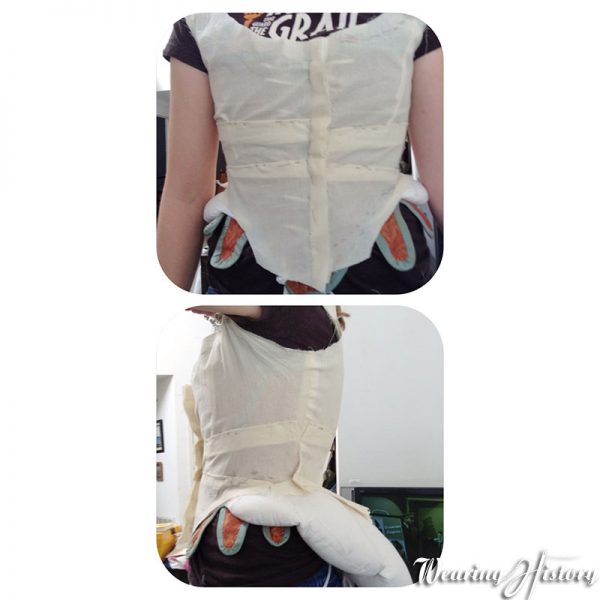
Second try, and it with a few other simple changes it became a good base to adapt for what I was envisioning.
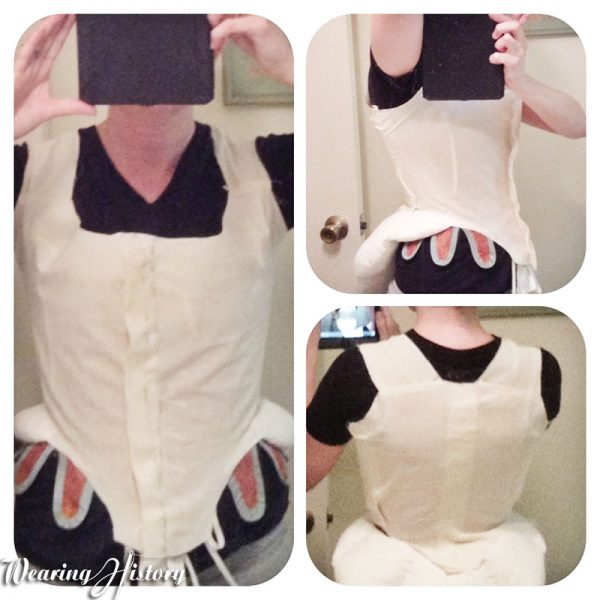
I cut the gown from two curtains, and mounted it on a base of a linen blend white fabric, then draped it to form the desired pleating on the back:
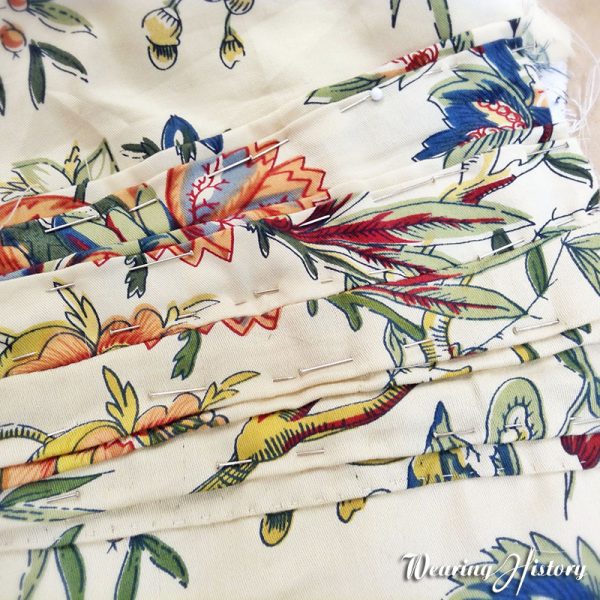
These were secured with hand stitches.
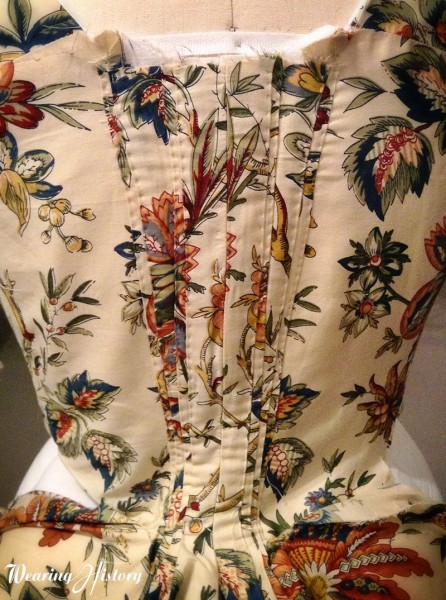
Then I started pleating in the skirt.
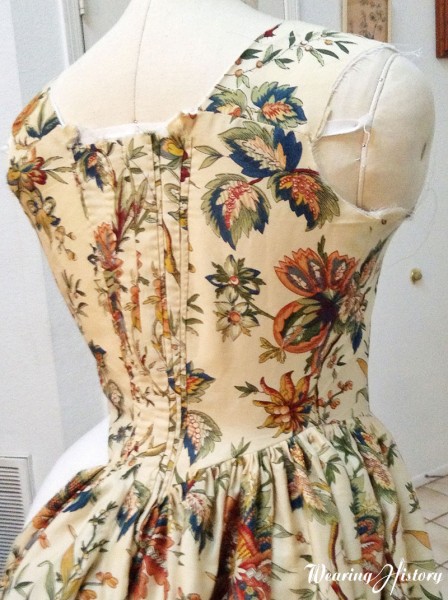
After both parts of the skirt were on, it was time to start thinking of sleeves. These required some pattern changes and adaptions, but thanks to Katherine of The Fashionable Past’s great articles (Setting 18th Century Sleeves & Draping-Sort Of-A-Sacque- The Sleeves), I was able to wrap my head around how the sleeves should be set. Here’s the first try:
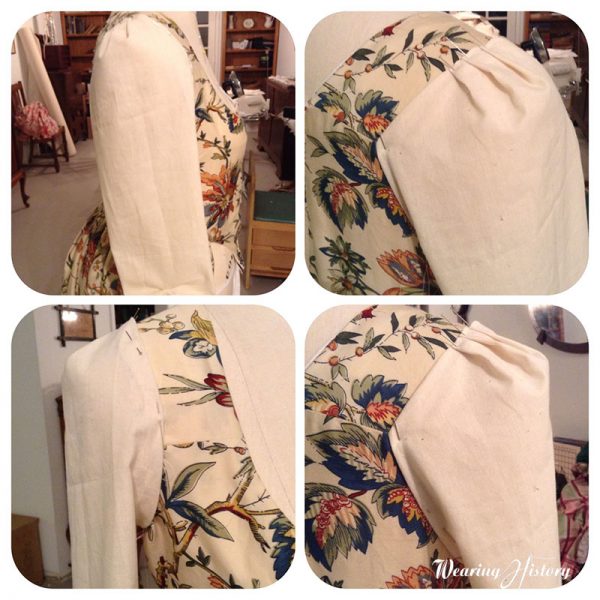
Then a friend helped me to fit it at work to make sure the sleeves were hanging right. SO handy to have a talented fitter I work with who is willing to help on her lunch break! I look super dorky, but you can see how it looks so far:
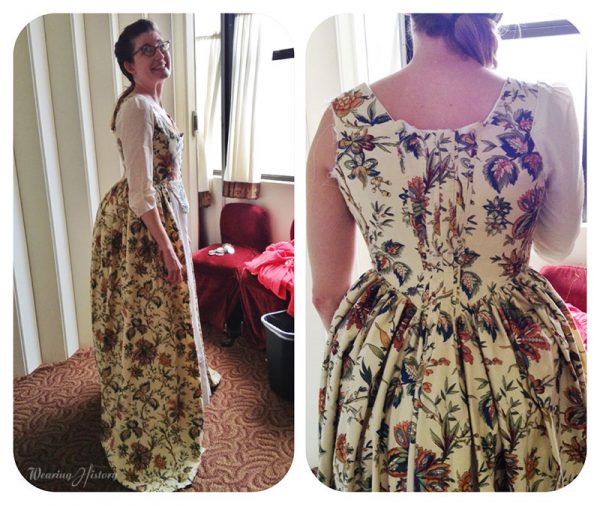
Then home to make my corrections and then cut my sleeves on the cross grain of one of the remnants left of the curtain. See how bizarrely they are shaped?
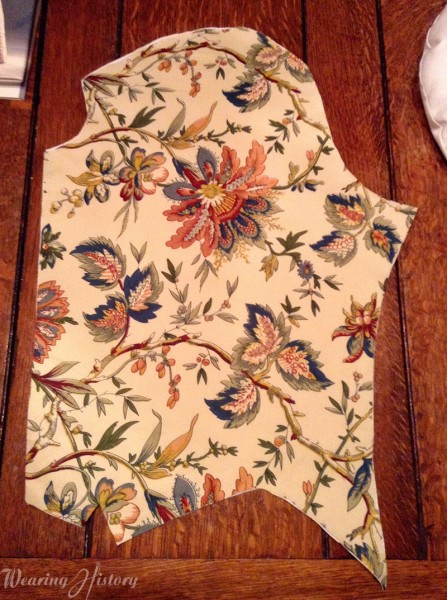
This morning I made some other little changes. I admit I have become fascinated with late 18th century sleeves. It seems to me that changes in fashion can be tracked through the placement of the sleeves and the width of the bodice back. I LOVE nerding out over things like this! So I made the point extend a bit farther in the back, separated my three pleats into a few more to make it lay smoother at the tip of the shoulder, took in my dart, and set my sleeves. I was smart enough to mark there the sleeve intersected the bodice seamlines on my muslin, so setting them was a breeze.
All pinned and ready to go:
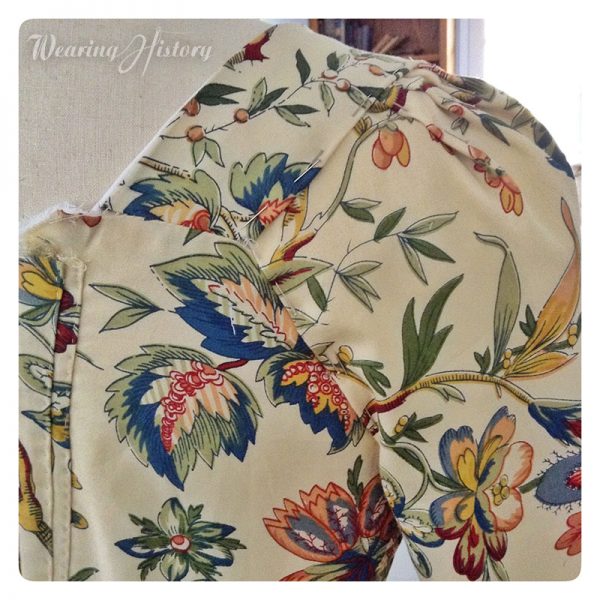
I actually can do tiny hand stitches if I want to!
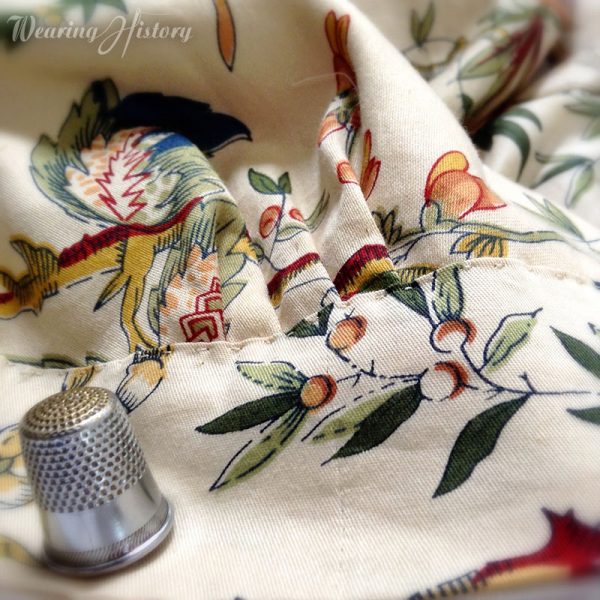
And Bertie reminds me that making costumes is tiring work!
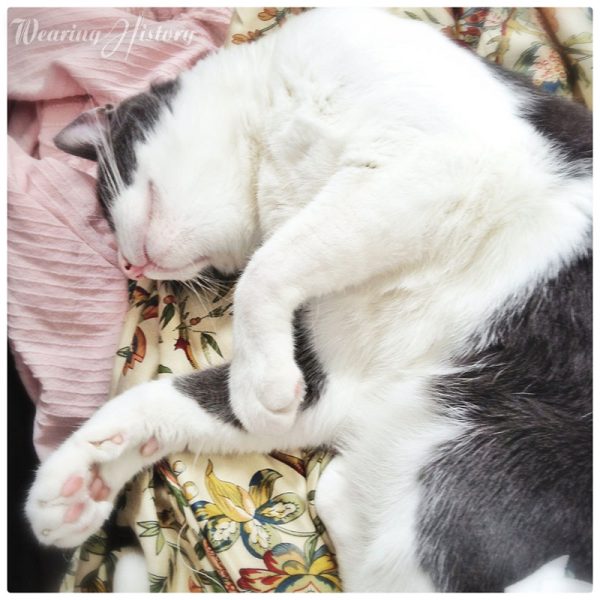
I’m hoping to finish the bulk of this gown by the end of this weekend. We shall see!

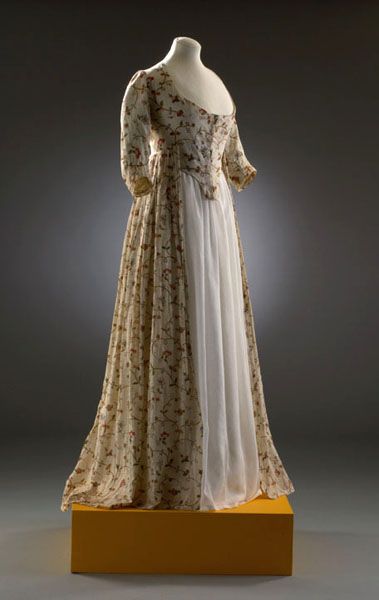
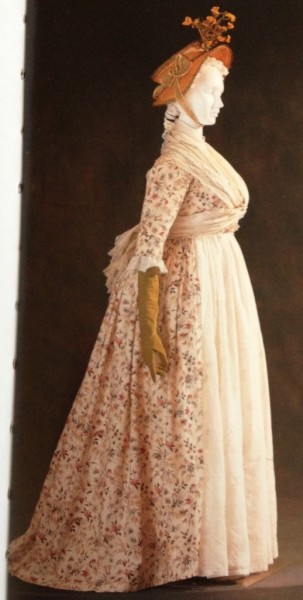
Stephanie
July 14, 2013 at 4:11 pm (12 years ago)It’s looking lovely so far! :)
PepperReed
July 14, 2013 at 7:20 pm (12 years ago)Gorgeousness! I really like your top inspiration pic and think that this gown will be Lovely! Can’t wait to see it finished.
Isabela
August 6, 2013 at 2:09 am (12 years ago)Your blog is amazing ! Keep up the good work !